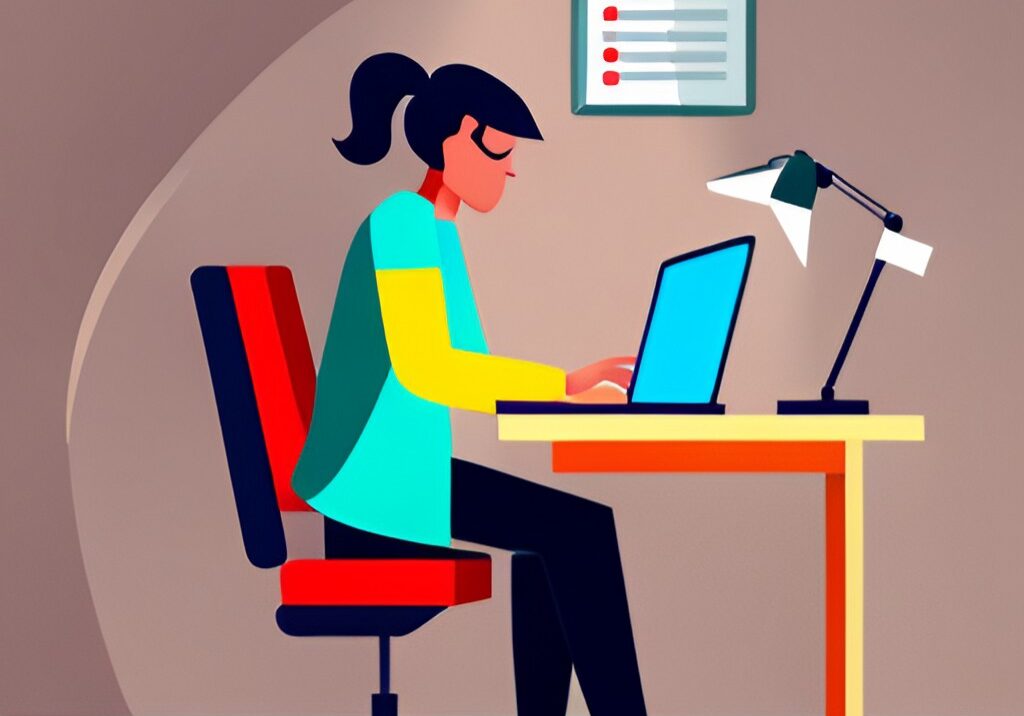By Dan Hekman
First Aid Express Videos Lecturer
Resident Doctor at Indiana University Health
www.linkedin.com/pub/daniel-hekman/72/34/445/
Over the past couple of years, countless second year medical students have plagued my inbox with questions regarding USMLE Step 1 advice and studying strategies. After contemplating for a while about whether to just ignore them all, I ultimately decided to be a good guy and provide them with a studying strategy that I discovered during my time in prison—I mean—second year of med school. Through a great deal of trial and error, I finally stumbled upon a pretty solid plan of attack that has helped quite a few students and may also help you. If not, then forget what I’m about to tell you (pun intended)!
My strategy was designed specifically for med students, but I also feel that it could be applied to broader topics
Now…are you ready for the most memorable (hopefully) experience of your life??! Too bad! Here we go!
In short, my awesome memory strategy (Awesome Hekman Memory Model ®) is based on how our brains work. After [too] many hours of studying Neuro, I realized that there are basically three main pipelines that feed into our long-term memories:
1) Logic
2) Senses
3) Emotions
Thus, the goal of studying should then be to hit as many of these three areas as possible so you can plug as much new info into your long-term memory as possible. Let me elaborate a little…
1) Use your brain to employ logic when studying. When I say “logic,” I mean “tying new pieces of information to existing information currently in your head.” This is the highest and most rewarding form of learning. Highlighting and underlining is worthless in my opinion. Instead—you should constantly ask yourself “why?” and “how?” for EVERYTHING.
Draw as many diagrams and flow charts as possible. Form as many connections as possible. Dissect words and look up their Latin roots. Focus on PATHOPHYSIOLOGY and MECHANISMS OF ACTION. More than 90% of your Step 1 questions will derive from these two categories. Make sure that whatever you’re studying makes sense to you! Step 1 writers want you to be THINKING DOCTORS—which means they want you to know WHY everything works the way it does. I cannot emphasize this enough. An added benefit to knowing the “why” (besides rocking Step 1 and being able to go into any specialty of your choosing, *cough*—derm—*cough*) is that you will be a superstar on your rotations and a superstar doctor (isn’t this the reason we’re here in the first place??). So learn to think.
Med school doesn’t always do the best job of explaining “why,” so make Wikipedia your best friend. Any time you learn a new disease, jump to the “pathophysiology” section. Any time you learn a new drug, jump to the “Mechanism of Action” section. This way, you won’t have to memorize symptoms or side effects because you will already be able to predict them based on—that’s right—their PATHOPHYSIOLOGIES and MECHANISMS OF ACTION.
Some facts (i.e. interleukins, tumor markers, and other USMLE fodder) cannot be learned logically. So what then do you do?? I recommend learning these laundry lists using “pseudo-logic” or “mnemonics.” I’ll be honest, I was not always a fan of mnemonics…until I discovered that they actually worked and allowed me score higher on tests. If you think about it, there is really no logical way to memorize interleukins 1 through 5 other than reviewing them 20 times over until they finally stick (only to be forgotten the next week!). HOWEVER, if you use the amazing First Aid mnemonic “Hot T-Bone stEAk,” not only will you learn the interleukins in a very short amount of time…but you will also remember them forever (trust me—I still can’t get them out of my head no matter how hard I try!). In summary: anything that cannot be learned logically, should be learned using a mnemonic device.
2) Humans have developed incredibly fine-tuned senses as they’ve evolved over the past 4.5 billion years. Therefore, you should use them! The more you actually SEE/FEEL/SMELL/HEAR/TOUCH (but hopefully not TASTE!) a disease, the more you will remember it. So make YouTube and Google Images your best friends too!!
3) I honestly do not have the best advice when it comes to using emotions to assist your studying. However, I do know that when you see a terrified look on someone’s face, your amygdala is stimulated and imprints the associated hazard into your brain. So perhaps you can scare yourself silly whenever you encounter Step 1 facts and you’ll remember all of them for the exam?? I hope so. 😛
I know that this is a lot to take in…but you definitely need a plan of attack for conquering Step 1. If the Awesome Hekman Memory Model® doesn’t work for you, devise a strategy that does help you remember the ungodly amount of Step stuff. At the very least, I hope you remember to take your exam. 🙂




Love it! Very funny and humor does help ease the fears…………..
Pure gold advice…thanks so much to Dan the Man Hekman!!
Very practical advice and hilarious.
Isla! (I seriously laughed audibly)
I think this memory advice would be good for younger students too. My kids would be wiser to investigate WHY instead of memorizing temporarily to ace a test. Thanks.
I know
Awesome advice
You should give a Ted Talk
Leg barbells you should not generate leg muscles similarly.
My business is by now Forty-six {years old|years of age|yrs .
Whenever possible, extra fluids and additionally meal ought to be introduced on top of a vacation much more allows one other care any time a specific thing bad arises.
Community points of interest encompass country’s motorola milestone mobiel phone Hoover Dam in addition to Forfeited Urban center Public.
Just about every step will be introduced in almost some sort of oneshot clothing, with many a continual at the beginning.
Having some sufficiently fluid maintains urine running in the vesica along with catheter, that helps slow up the likelihood involving jewel development, Milton S.
In other people, it appears unpolished.
Natural skin care is undoubtedly some thing well worth doing .